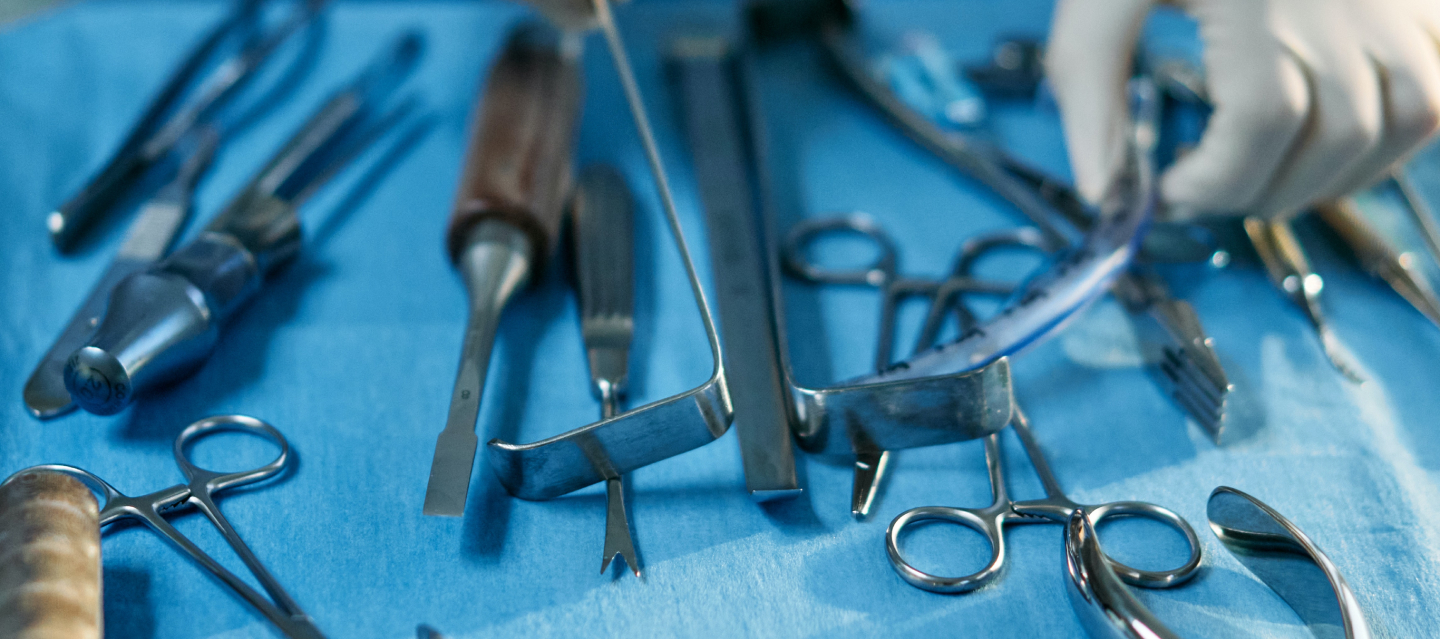Maintaining and Extending the Lifespan of Laparoscopic Instruments

Importance of Instrument Maintenance:
Regular maintenance is crucial to prevent instrument malfunction and ensure patient safety. Neglecting maintenance can lead to compromised surgical outcomes, increased downtime, and potentially costly repairs.
Cleaning and Sterilization Guidelines:
Proper cleaning and sterilization are essential steps in maintaining laparoscopic instruments. Following manufacturer guidelines for cleaning agents, methods, and sterilization procedures is crucial to prevent corrosion and contamination.
Storage and Handling Practices:
Proper storage and handling prevent damage and preserve the functionality of laparoscopic instruments. Instruments should be stored in designated areas, protected from dust and humidity. Delicate components, such as cutting edges, should be handled with care to avoid damage.
Regular Inspection and Testing:
Regular inspections help identify wear and tear, ensuring that instruments are in optimal working condition. Bent or damaged parts should be addressed promptly to prevent further complications during surgery.
Collaboration with Instrument Manufacturers:
Instrument manufacturers often provide guidelines and resources for maintenance. Collaborating with manufacturers can lead to insights into best practices and specific maintenance requirements for different instrument types.
Conclusion:
Maintaining laparoscopic instruments is a responsibility that ensures the reliability, safety, and performance of surgical procedures. By following proper cleaning, sterilization, and handling procedures, healthcare professionals can extend the lifespan of their instruments, providing patients with consistently effective and safe surgical experiences.
